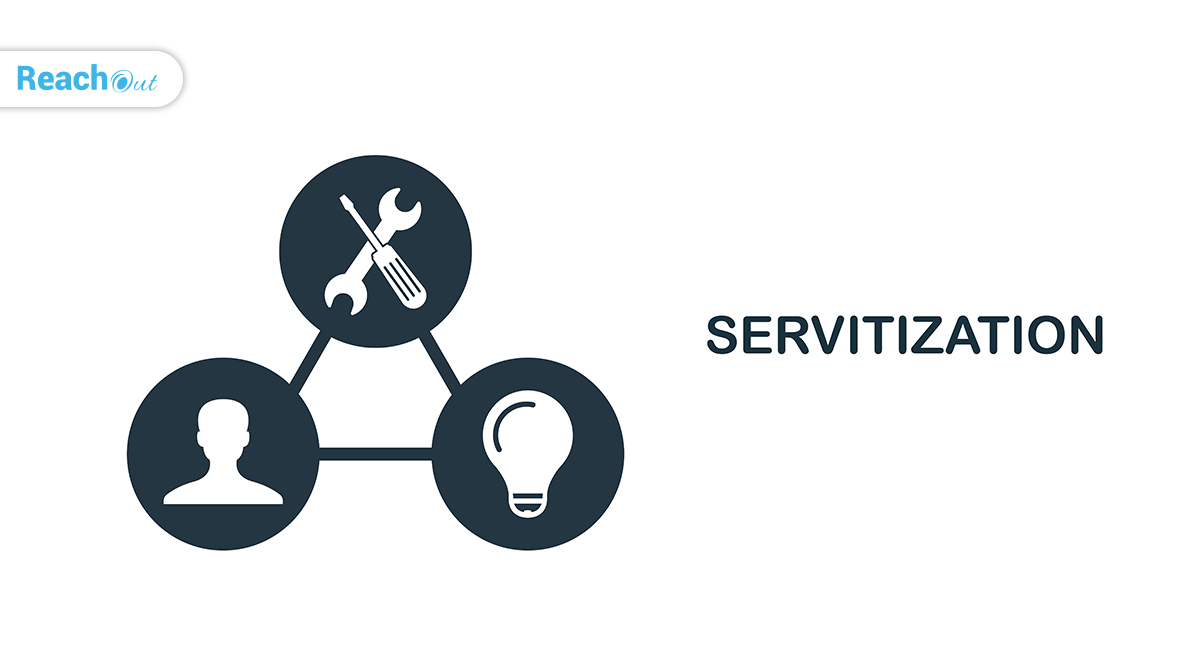
How is your field service business preparing to handle the Silver Tsunami challenge?
If you are thinking that it has little significance to your business, you should also think about the vast number of Baby Boomers in your workforce who will be retiring from work soon. Yes! The Silver Tsunami or the Grey Tsunami denotes the large number of baby-boomers reaching retirement age.
What’s so challenging about the old giving way to the new?
The number of people entering field service jobs currently is less than the number of workers who are leaving. Millennials are more likely to stay in a job for two-three years. The biggest challenge, therefore, lies in recruiting, training, and retaining seasoned workers. It is also crucial to transfer the knowledge of senior employees to junior resources. According to the World Economic Forum, the average age of a worker in the oil & gas industry is 43. 30% of the workforce has only 10 years left for retirement. The Forum also reports that people aged 60 and above are likely to outnumber children below five, soon.
Related Reading: How Can Field Service Businesses Survive A Pandemic
About 70% of service companies stare at a technician deficit in the coming decade. Several enterprises already find it difficult to replace their highly experienced retirees. Increased longevity, reduced birth-rates, a disinclination to work hard, and better social security result in fewer young people entering the workforce.
Companies adopt several measures to cope with the Silver Tsunami. The role of a field service software in building and retaining a happy workforce leveraging technology is inevitable.
Here are a few ways to deal with the Silver Tsunami dilemma in field service.
1. Remote Collaboration
Senior and aged technicians, even retired ones, may still prefer to work. But they may not be able to take up the physical rigors of fieldwork. This is where technology comes to their aid. Several enterprises connect senior pros with inexperienced field technicians through field management suites. The senior pros offer remote support through voice and video. The inexperienced agent connects with the expert through the collaborative component of the field service app. They make the repairs or services as instructed by the expert. Augmented reality allows them to view illustrated instructions and annotations hands-free, when on the job.
2. Reduced Labor Needs
A field service app improves all-round efficiency in the field service job. It automates scheduling, invoicing, tracking, compliance reports, follow-up, and other routines. Technicians no longer need to perform painstaking and time-consuming manual tasks such as contacting the customer, uploading documents, or preparing invoices. They are able to serve more clients with the time saved, reducing staffing requirements.
Automated chatbots address customer queries with high accuracy. Automated apps improve self-service. Live tracking through GPS allows customers to see the technician’s location. All these reduce the load on human customer support agents, allowing the business to function with fewer employees. Thus, technology compensates for the resource shortage in the field service domain.
Related Reading: 5 Ideas to Successfully Transform Your Field Service Business
3. Pooled Labor
A popular approach to overcome the Silver Tsunami challenge is to create a pool of skilled freelance technicians and independent contractors. A survey by McKinsey Global Institute states that 10 to 15 percent of the working-age population relies on independent work for their primary income. The “gig economy”, where the workers occupy temporary or part-time positions allow them to change their employers or work for several businesses at a time. The advances in technology and the trend of remote working are paving the way for pooled labor that benefits both workers and businesses.
Uberization of the workforce leads to a win-win situation.
It allows companies to:
- Have a nimble and flexible workforce. They can scale-up and scale-down the numbers as required, and gain the flexibility to hire skills on demand.
- Extend services to less populated or remote areas that do not have enough work to support dedicated full-time employees.
- Spare from the expense of maintaining full-time staff and paying them during the off-season or no-work season.
- Get more work done with limited labor spend
It allows technicians to:
- Get more choices or fields to work and earn more
- Register with multiple companies/ freelance forums to expand their opportunities
- Gain more flexibility at work
A field service app allows companies to collaborate with independent contractors. It can list out the jobs and allow technicians to get notified of new jobs and track all the details related to that job. The system updates work orders, tracks the technicians, and collects information. It automates back-end coordination. It’s convenient for the customers as well.
4. Flexibility and Growth Opportunities
A field service app gives the flexibility to structure the workforce in any permutation or combination.
Millennials, even regular full-time employees, value independence and flexibility. Field service enterprises provide flexibility to their employees, to increase retention. A field service management suite allows technicians to work independently. Supervisors and managers get real-time information and remain in control, without micromanaging.
The field service app, by eliminating routine and repetitive tasks, makes work easier, more productive, and more rewarding. It infuses order into what would otherwise be a chaotic set-up. Technicians will more likely stay in such a positive and stress-free environment.
The significance of knowledge transfer
Active engagement between the experienced and the novice accelerates knowledge transfer and aids career development. ReachOut’s field service app offers a perfect conduit for seamless knowledge transfer. Many people are reluctant to enter field service jobs because of a lack of growth opportunities. A structured way to transfer knowledge from senior pros through the adoption of technology will mitigate this issue. It also leads businesses to think about the positive impacts of the “gig economy”.
Related Reading: Why Your Field Service Business Should Leverage Knowledge Management
Businesses have their own human resources (HR) tasks cut out in today’s competitive environment. They need to get aggressive in hiring and retaining talent. To conquer the Silver Tsunami risk, businesses need to facilitate remote collaboration, improve efficiency, promote flexibility, and provide growth opportunities to the existing workforce. A well-designed field service app goes a long way in facilitating these.
ReachOut is one of the most effective and affordable field services organizers. Sign up for a free trial and see how ReachOut suite works.
Ashmitha Chatterjee
Ashmitha works with ReachOut Suite as a creative writer. She collaborates with the Digital Marketing team to deliver engaging, informative, and SEO friendly business collaterals. Being passionate about writing, Ashmitha frequently engages in blogging and creating fiction. Besides writing, Ashmitha indulges in exploring effective content marketing strategies.
More posts by Ashmitha Chatterjee


